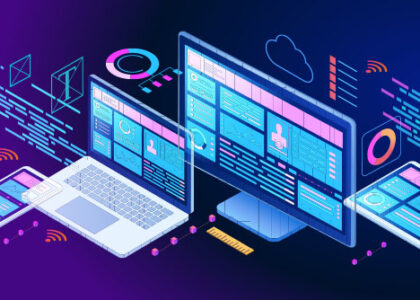
Emotional Intelligence in Contact Centers: 5 Strategies to Enhance Customer Experience
Development
In today’s fast-paced and ever-changing business landscape, success is not solely determined…
Understanding Today’s Contact Center Technology: From ‘Disruption’ to Unprecedented Opportunity
Technology
In today’s rapidly evolving business landscape, contact centers have shifted from being…
Mastering the Art of Luxury Customer Engagement
Call Center Outsourcing
Mastering the art of customer engagement is essential for luxury brands. These…
Transforming Customer Service in High-End Retail: The Role of Customer Feedback
Call Center Outsourcing
As customer expectations change and technology advances, exceptional customer service has emerged…
10 Essential Steps to Scaling Retail Customer Service [Checklist Included]
Customer Service Outsourcing
Delivering outstanding customer service is a recipe for success in the retail…
The Latest Trends in Travel from Our Customer Service Team
Development
The travel industry has undergone significant changes and the way customers approach…
Boost Efficiency: The 5 Key Pillars of Contact Center Excellence
Call Center Outsourcing
As technology continues to evolve at a rapid pace, the role of…
The Gig Economy Meets Customer Experience: Breaking Down GigCX
Customer Service Outsourcing
In today’s ever-changing landscape of customer service, a revolutionary trend is taking…
Overcoming GigCX Challenges: Strategies for Sustainable Success
Customer Service Outsourcing
In the dynamic landscape of GigCX, where innovation and adaptability reign supreme,…
Navigating the Retail Rush: 5 Crucial Scalability Trends in Customer Service
Technology
In the fast-paced world of retail, customer service is a critical factor…
Understanding Pet Industry Trends: The Impact of Spending and Customer Service
Operations
In the dynamic and ever-growing pet industry, understanding spending habits and the…
Delivering Pawesome Customer Experience: A Case Study on Chewy
Customer Experience
Customer expectations are ever-evolving but the craving for exceptional service never goes…